Braiding methods for SE Dreadlocks extensions
How to braid extensions in your hair
To create braided extensions, you'll require the following tools: a spray bottle for hair moisture, elastic bands for securing the braids, a fine-tooth comb for hair division, clips to keep the hair in place, and either a Quick beader or Latch hair tool to thread the hair through the loop on the dreadlock. Check out all our tools here
Before starting, it is important that the hair is clean and washed without the use of conditioner or other care products.
Braiding wet hair is optimal as it provides enhanced control and simplifies the braiding process. Additionally, this method facilitates the drying of the hair within the braid, allowing it to securely intertwine with the dread, preventing excessive frizz.
For extra control over the hair, you can also use our tightening gel Aloe Manuka.
The divisions must be approx. be a 2-2.5 cm square in the neck and sides, and triangles in approx. same size on the top of the head. The division must be large enough to hold the weight of the dreadlock and at the same time suitable so that you get enough volume and do not appear bald. (image of divisions) in addition, you must consider whether you want a part in the hair, as it can change how the hair falls. Parting is done in the two front rows closest to the forehead.
You can opt for either braiding technique based on your preferred aesthetic. The French method imparts a stylish appearance extending well below the dread (depicted in the picture). It's particularly effective when your natural hair color differs from the dread, allowing for a subtle color blend. Suitable for both long and short hair, the French method provides versatility. On the other hand, the fishtail method is ideal when you want the dread to closely match your own hair color, as it integrates your natural hair near the roots, showcasing the distinctiveness of the dread. Additionally, fishtail works well for very long hair, potentially exceeding the length of the dread, as it enables a tighter braiding technique.
For more information, see our blog posts
(The accompanying image illustrates the French braid method.)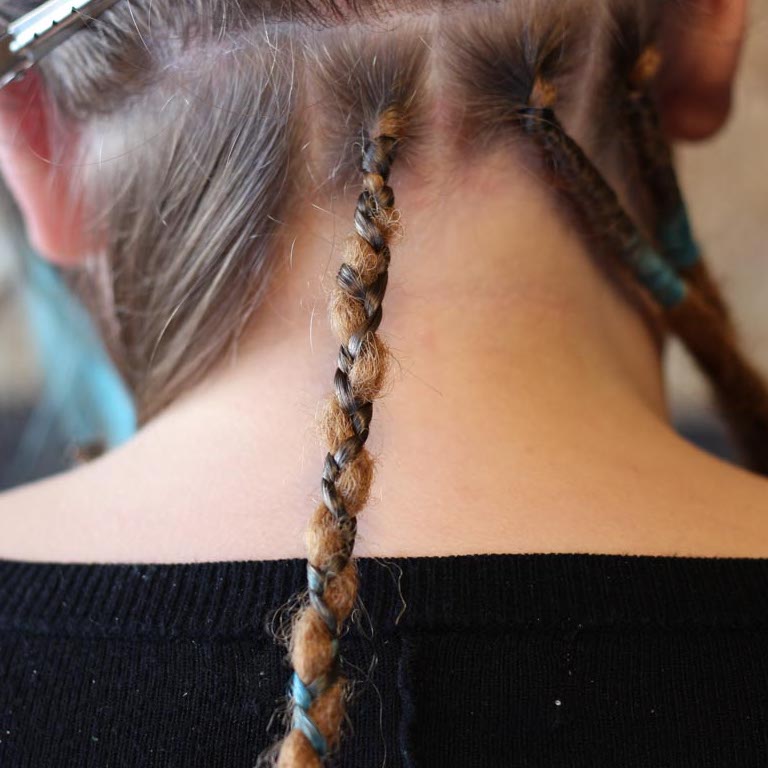
(This picture shows the fishtail or herringbone method) 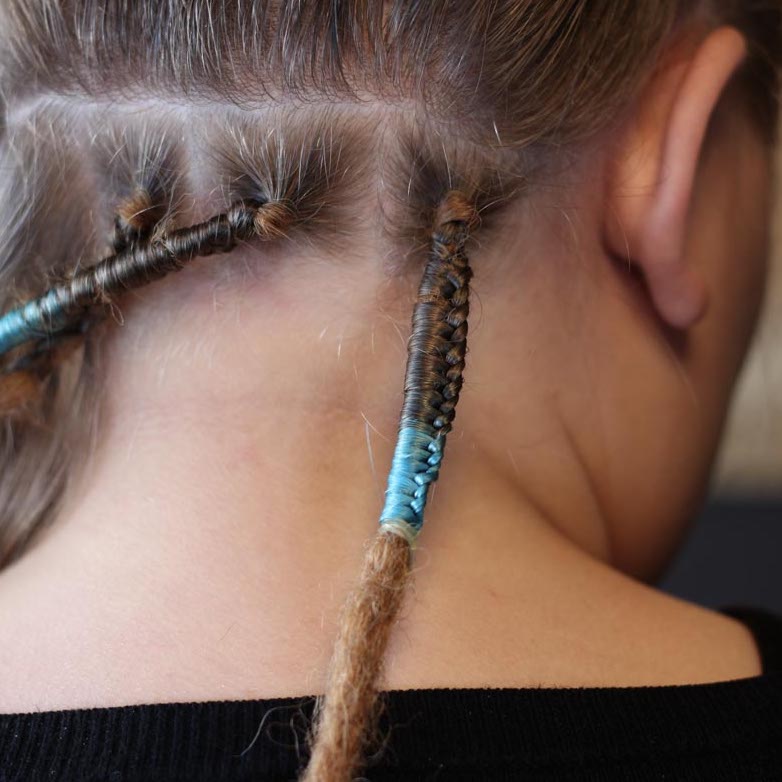
Elastics are used to close the braid. There are many different colors, and there is sure to be one that suits your particular dread. But it is best to match the elastic to the dread as at the end there will not be much of your own hair left to match. When you put the elastic on, it is good to 'spread' it a little, as otherwise there may be a clear indentation in the hair. Be careful not to tighten the elastic too much, as this can cause it to spring and make it tender faster. If you want to be sure that the elastic will hold, you can put on an extra one.
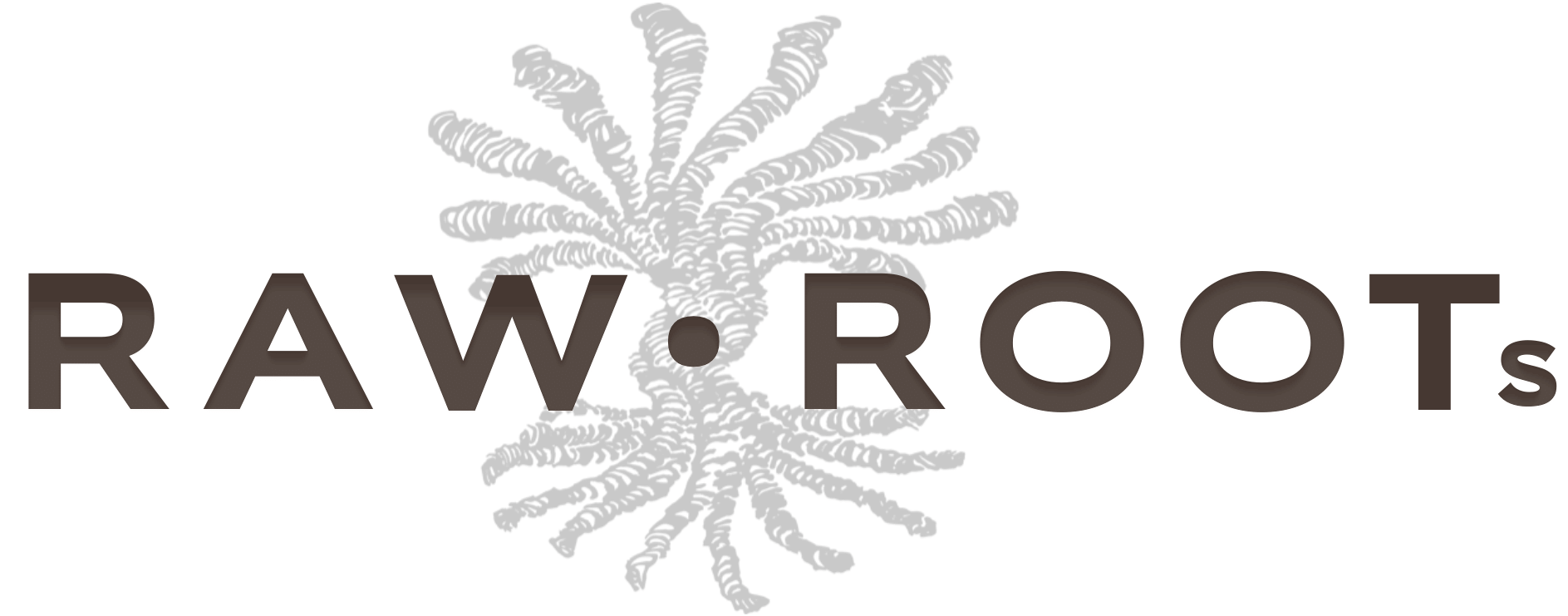


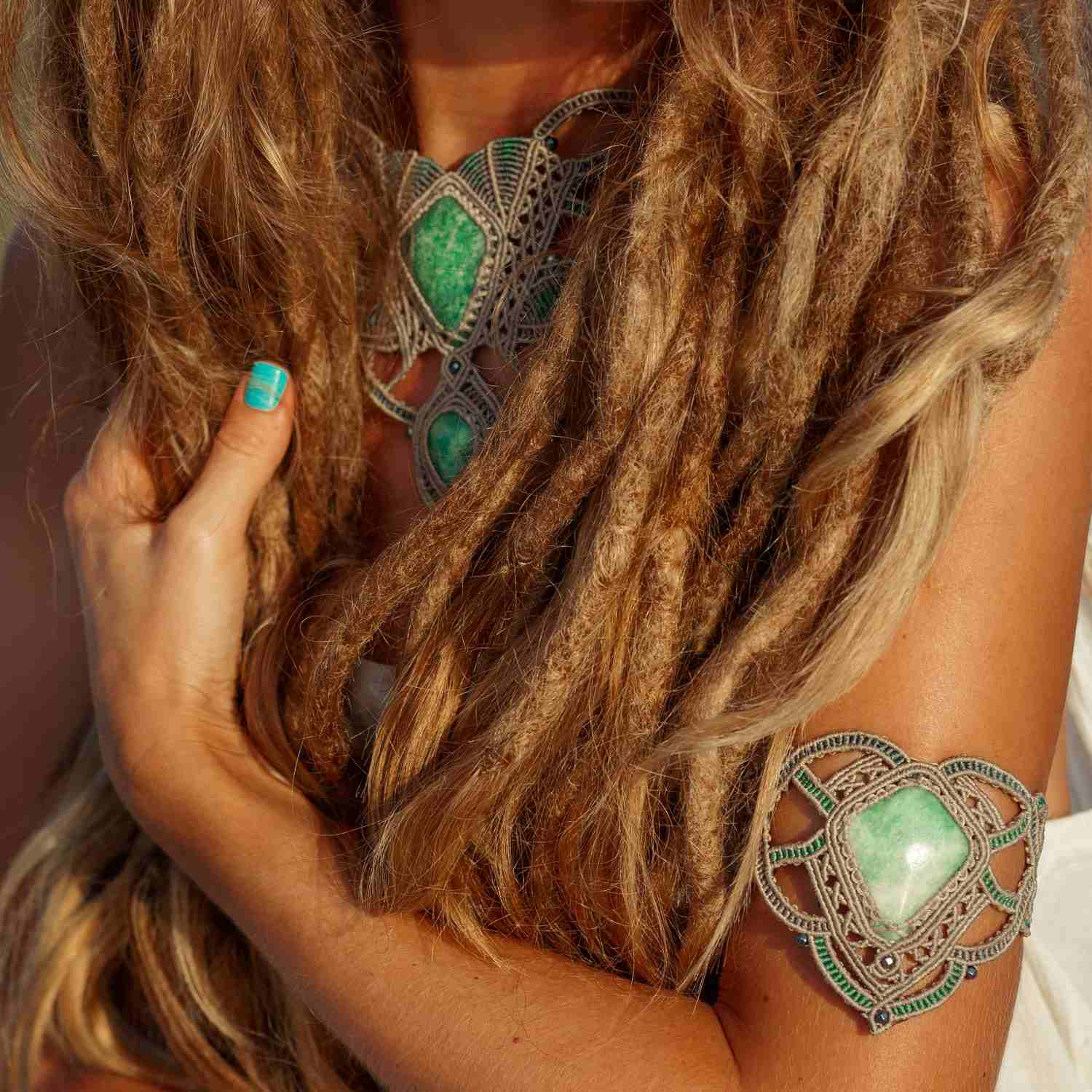





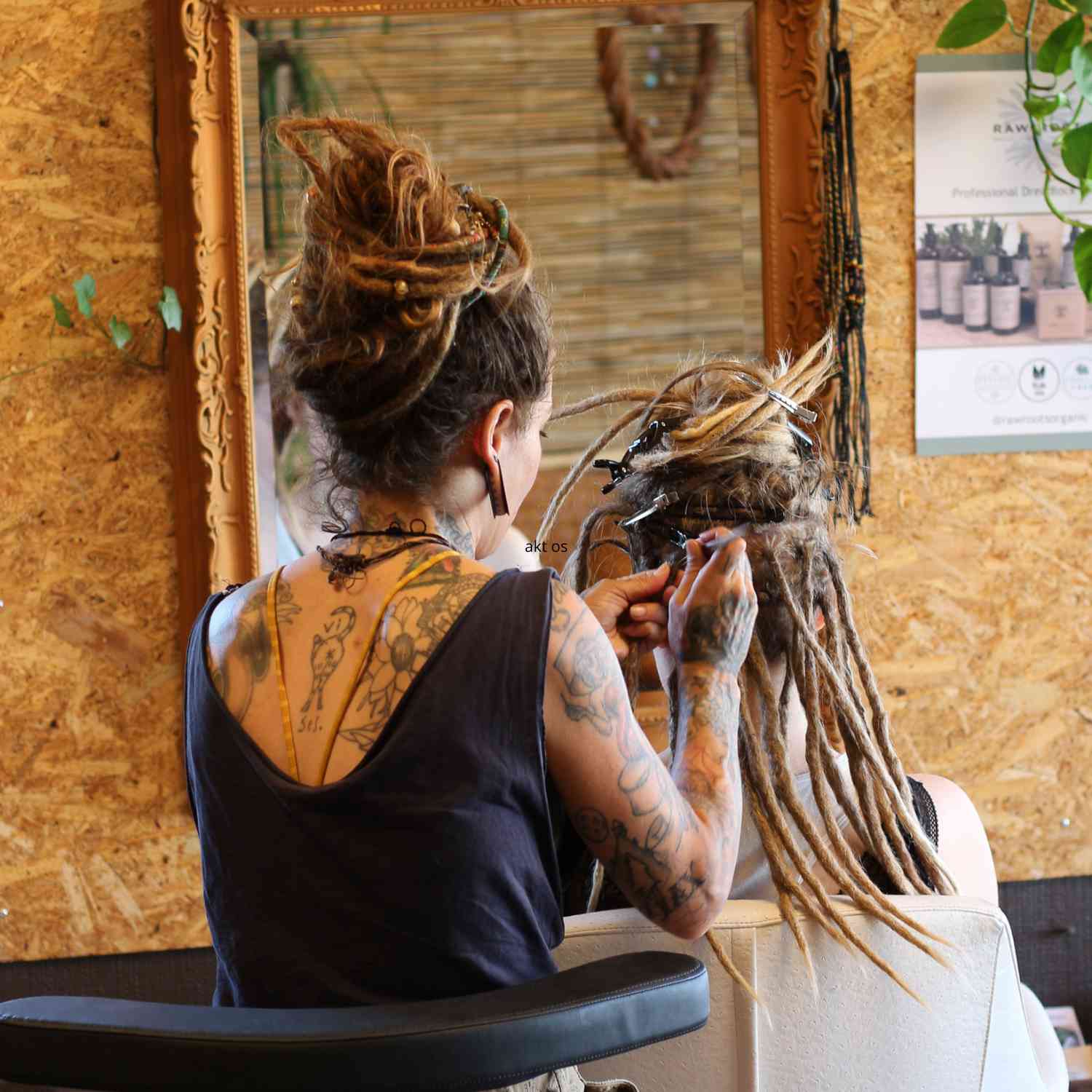
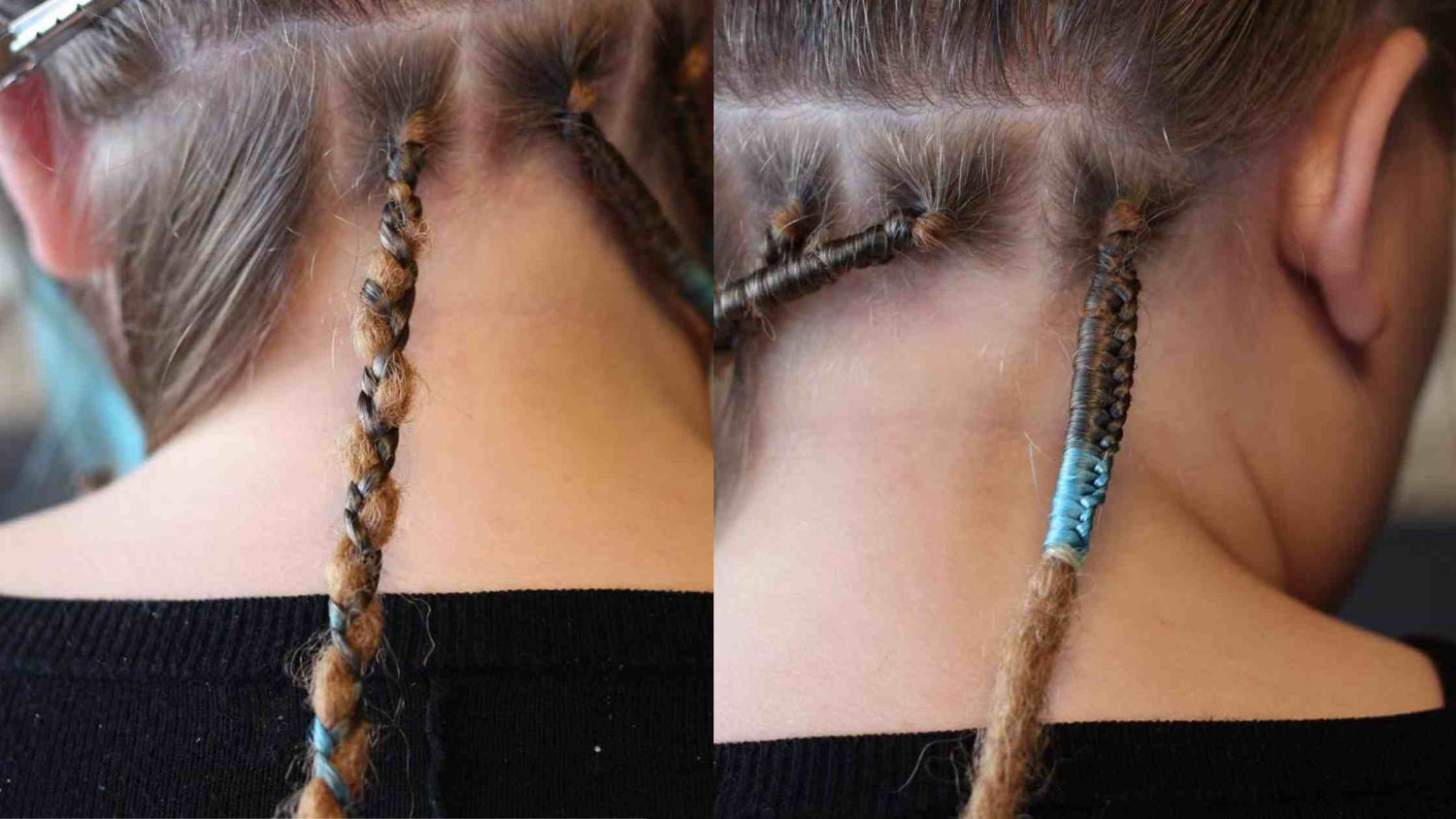
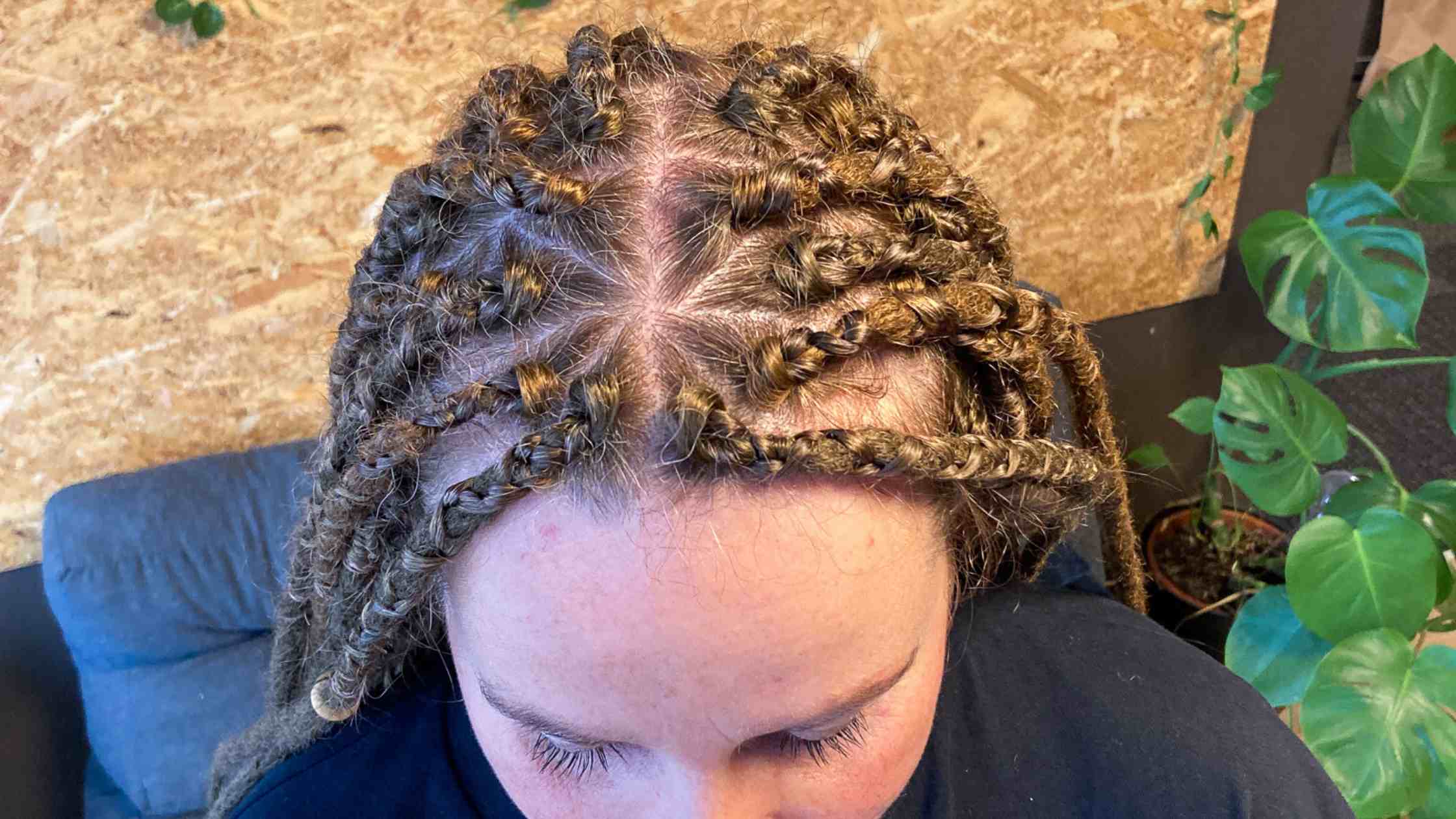
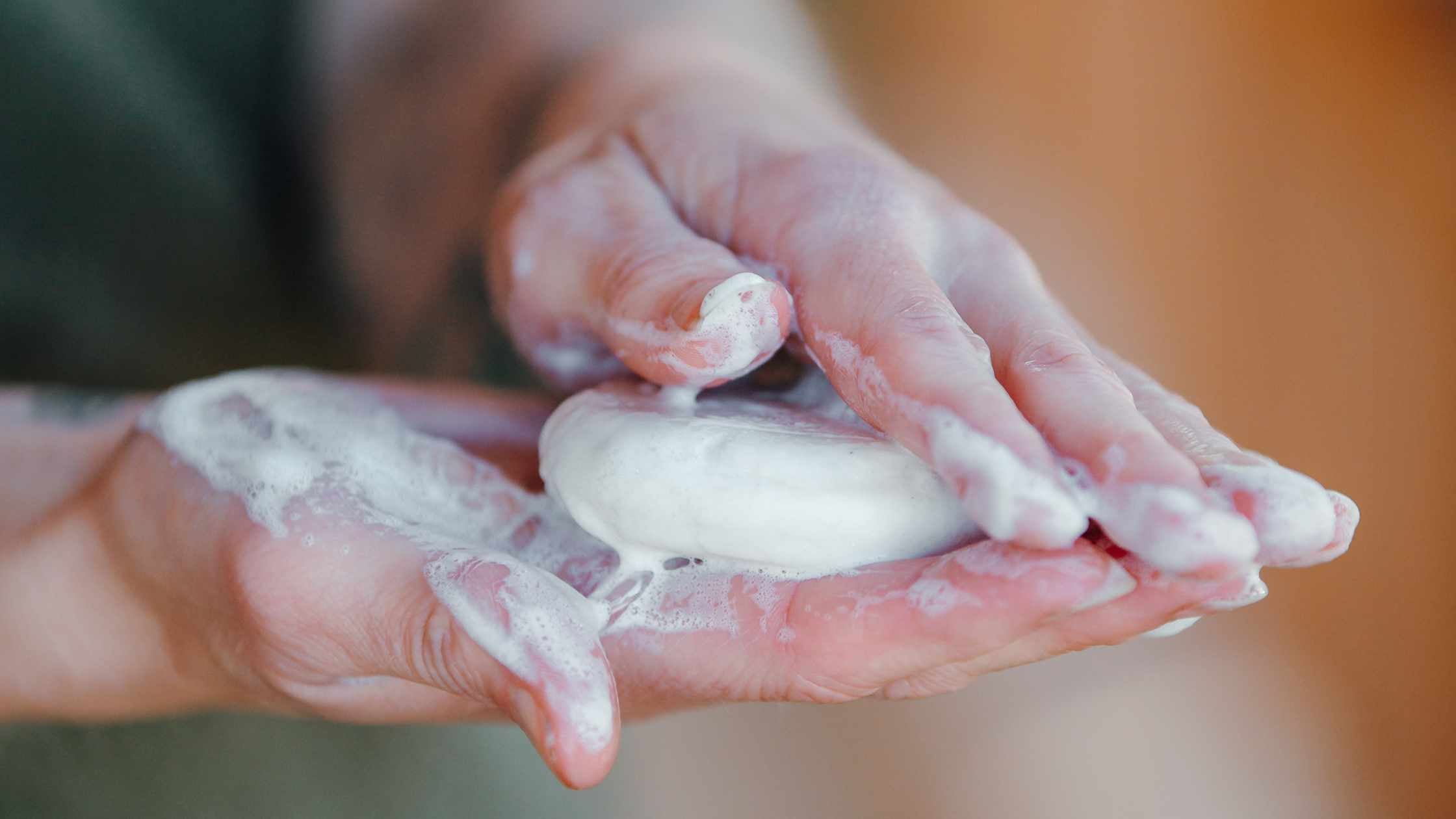
Leave a comment
This site is protected by reCAPTCHA and the Google Privacy Policy and Terms of Service apply.